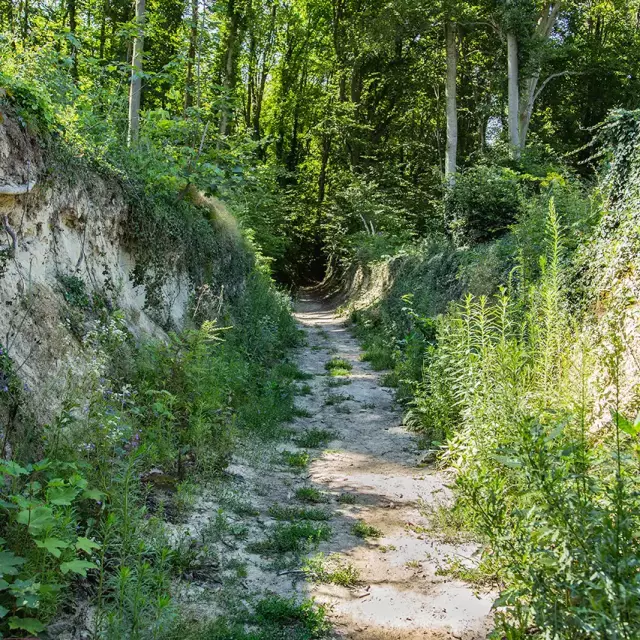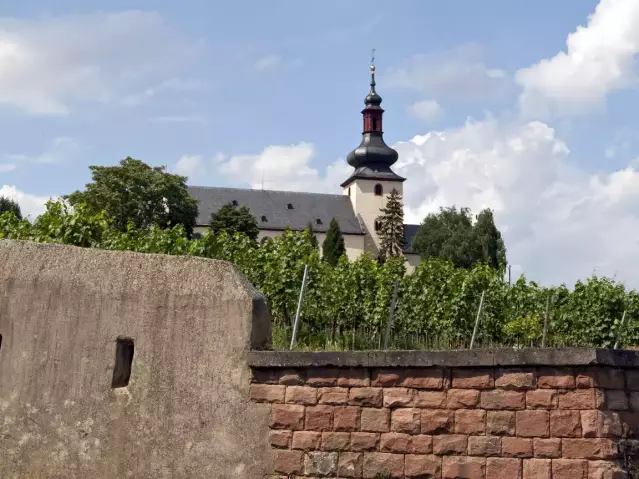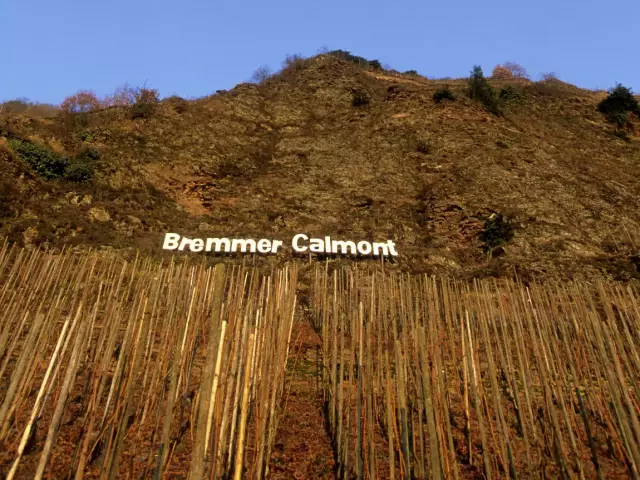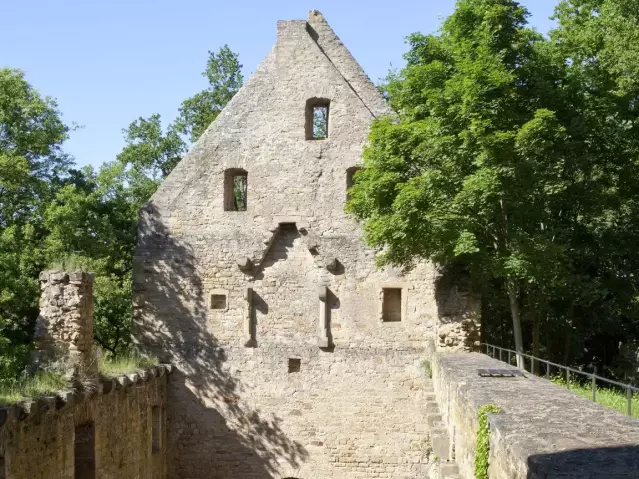Kaiserstuhl Loess Hollow Trails

In the Kaiserstuhl region, one may initially assume it’s volcanic rock. But since the Ice Age, there have also been layers of loess, up to 30 metres thick, deposited. Loess of this thickness is found almost exclusively here in this area. Loess is an aeolian sediment that was brought here by the wind.
Storms swept over the land after the Ice Age and carried the dust with them. The fine-grained, very fertile soil has produced spectacular hollow passages as a result of centuries of erosion and man treading his way through them. The loess subsoil was ground into a dusty powder by draught animals and wagon wheels. When it rained, the loess was washed down to the valley, so that the paths dug deeper and deeper into the subsoil. The resulting sunken paths, up to 10, sometimes even 20 metres deep, have existed since a thousand years ago and are among the most distinctive cultural landmarks of the wine and recreational landscape in Kaiserstuhl today. They also provide a diverse habitat for animals and plants and thus serve to protect species. The colourful bee-eater, for example, is a rare bird that has formed the largest breeding population north of the Alps in the Kaiserstuhl. Sun-loving emerald lizards are often found in the Kaiserstuhl, and wild bees dig their burrows in the fine loess. Many wild plants also thrive here. Over time, such trails become overgrown, but for the biologist, the bare or only sparsely overgrown hollow passage walls are much more of a paradise for rare species. It is also important that loess hollow trails should not be paved over. A certain amount of maintenance however is necessary for their continued existence. Hollow passages can still be found near Bickensohl, Ihringen, near Achkarren, Bötzingen and Endingen. In summer, hikers appreciate the cool shade that the high walls, like a deep gorge, offer.




